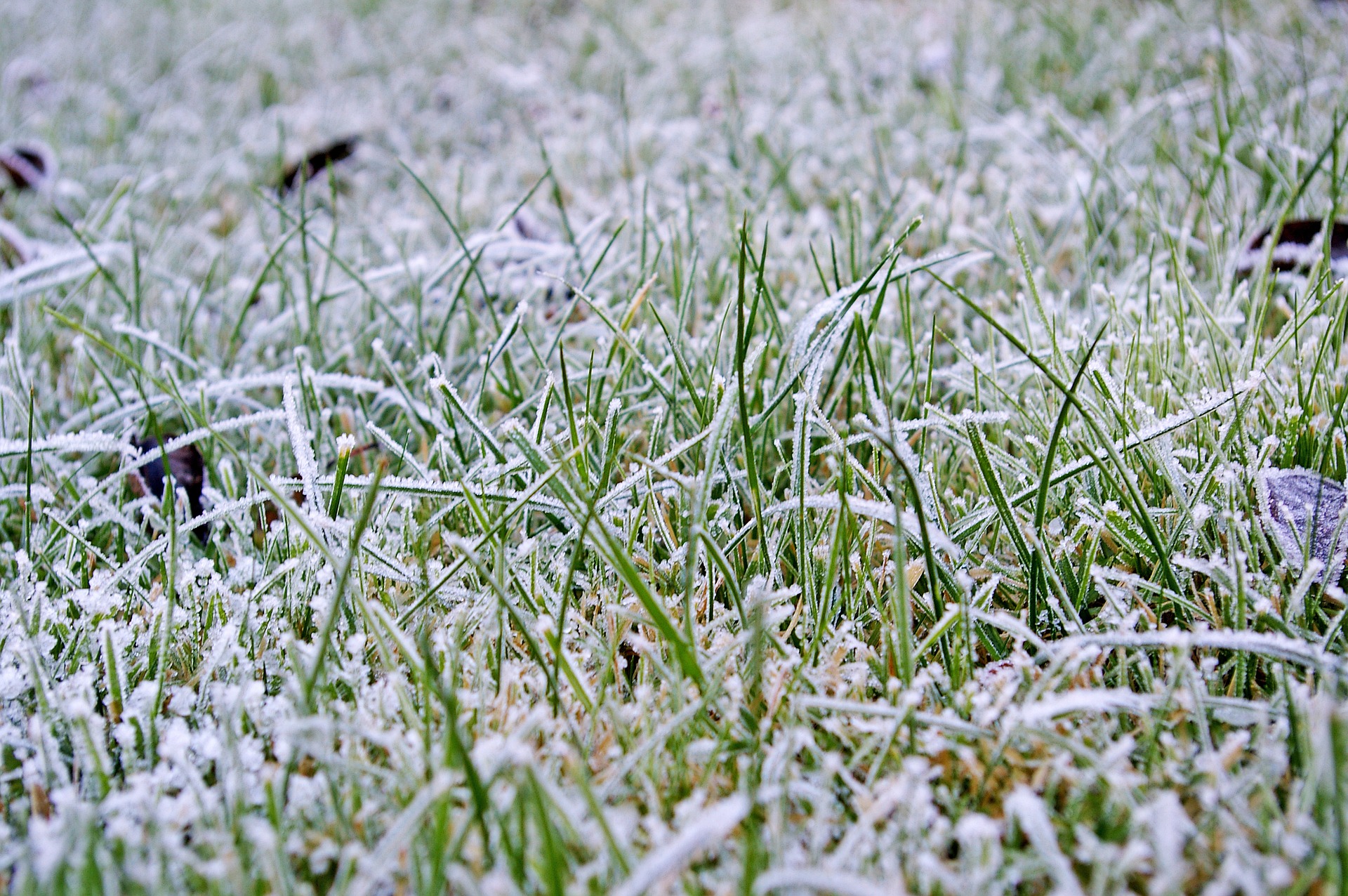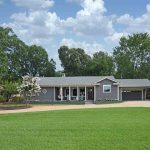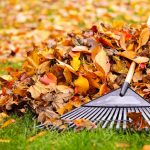
Winter is the time when we may not think about lawn care because we are spending less time outdoors. However, lawn care remains important even in winter. Memphis has milder winters than other more northern parts which can make our lawn care somewhat easier.
We usually don’t have to spend any time mowing during winter and it’s not uncommon for our grass to turn yellow or even stop growing. There are a number of measures that we can take to help our grass survive the cooler weather conditions and ensure that we have a bright lush lawn in spring and summer.
Are you a Memphis homeowner looking for lawn care service? Visit our Memphis lawn care page for more information.
1. Assess the nutrients
Your soil may be lacking in vital nutrients such as potassium, nitrogen, and phosphorous. If your soil is generally low on one of these nutrients, test it every year to make sure you understand what your soil is lacking. Otherwise, every three to five years is fine to perform a soil test.
Soil can become acidic and you may need to add some lime if the pH level is below 6.0. Testing your soil can be done at any time of the year but it’s best to test it before September, especially if your lawn consists of a cold season grass type like Bluegrass, Ryegrass, or Fescue.
2. Apply fertilizer
Cold season grasses need the first application of fertilizer in early September and then again in mid-October and mid-November. Warm season grasses such as Zoysia or Bermuda should have their final application of fertilizer in early September.
Once enough potassium and phosphorus have been added to the lawn, their presence usually remains stable. All you need to add is a nitrogen fertilizer. A few days before applying a fertilizer, the lawn should be watered and allowed to dry out. Once fertilizer is applied, you need to water lightly to allow it to absorb.
3. Remove any debris
It’s better to remove damaged or diseased branches before winter sets in, and it’s easier to see any potential problems once the leaves have been shed. This will prevent the spread of infestation or disease and also prevent dead limbs from becoming a safety hazard during winter storms.
In winter, the leaves shed from the trees and shrubs lie on top of the grass and prevent it from getting enough light to synthesize food and grow. Once you’ve cleared the debris and leaves off the grass, you can add it to your compost.
You may need to reseed some areas of the lawn. With the leaves and debris removed, the seeds will be encouraged to germinate. The grass will be able to establish itself before the weeds start germinating in warmer weather.
4. Sow seeds
Understand your grass type so you can sow seeds properly. Cool season grass seeds should be sown in September and October. Due to the grass type and location, some grass types do well with opposing seeds. For example, if you want to make sure that Fescue grass remains healthy throughout the summer, you can overseed it with some warm season grasses. Since Fescue grass is a cool season grass and is intolerant of high temperatures, it often suffers from damage in summer.
On the other hand, Bermudagrass is very a rough and tough grass that grows aggressively, surviving in extreme temperatures. It is very durable and easy to maintain but it may require some more attention in winter.
Featured image source: Pixabay





